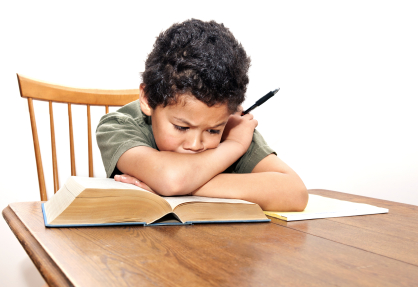THE POWER OF BREATHING
Jill Stoddard
by Annabelle Parr
Whether or not you struggle with an anxiety disorder, we have all found ourselves overwhelmed by stress or anxiety at some point. We each have slightly different stressors that trigger our body’s natural stress response, but we all know what the response feels like: sweaty palms, racing heart, tense muscles. This bodily reaction can feel overwhelming, as if it controls us. It is easy to feel powerless to our biological response to stress, but we have more control than we think.
THE STRESS RESPONSE
Source URL: http://www.gestaltreality.com/2012/07/11/metabolic-diet-supplements-an-exploration/
Before we deem our biological reaction to stress bad, let’s talk about what happens and what purpose it serves. When we get stressed out or anxious, our body begins preparing us to face threat. Stress activates our sympathetic nervous system, triggering the fight-flight-or-freeze response. This causes the sweaty palms, racing heart, panicky breathing and muscle tension (McGonigal, 2013). We often look at the stress response as inherently bad, because it is not healthy to be in the fight-flight-or-freeze mode chronically (McGonigal, 2013). However, it’s important to remember that when your heart starts racing or your palms get sweaty, your body is just trying to help prepare you. Nevertheless, these sensations can feel overwhelming, and perpetuate our experience of anxiety. So how can we calm ourselves down once this cycle is in motion?
DEEP BELLY BREATHING
Using our breath, we actually have the power to activate our parasympathetic nervous system. The parasympathetic nervous system allows our body to “rest and digest” as opposed to the sympathetic nervous system’s fight or flight response (Hunt, 2016). While “take a deep breath” is common advice, how we actually take that breath is important. This is how to use the breath to calm down:
Source URL: http://goodrelaxation.com/2015/05/deep-breathing-for-headaches/
- Find a comfortable, relaxed seated position with your feet planted on the ground; alternatively, you can try breathing laying down. Now begin to bring your focus to your breath.
- With each breath, your belly should rise as you inhale and fall as you exhale.
- Your shoulders and chest should remain still. If you notice your shoulders rise, or your chest move, drop the breath down to the belly. Breathing into your chest is reminiscent of hyperventilating, which will only further activate your sympathetic nervous system (Hunt, 2016).
- Now focus on breathing into your belly for four counts. Hold your breath for a second or two. Now exhale for five counts and relax (Hunt, 2016). Repeat this process, focusing on your inhalations and exhalations, and making your belly rise and fall.
- You may notice that your heart rate speeds up at first. Don’t panic or give up. Your body is not used to calming itself down, and is simply adjusting. After a few cycles of inhaling and exhaling, you should notice your heart rate begin to relax.
- If you begin to get distracted or thoughts pop into your mind, simply notice they are there and then come back to focus on the breath.
Source URL: http://goodrelaxation.com/2015/05/deep-breathing-for-headaches/
See if you can practice doing four or five deep belly breaths a day. Then see if you can work your way up to thirty seconds at a time. Then maybe a minute. Eventually, you will be able to sit in this space with your breath for a long period of time.
Being able to tap into your breath to find a calm, centered space, no matter where you are, is an invaluable resource. This diaphragmatic breathing essentially turns off your sympathetic nervous system and turns on your parasympathetic nervous system (Hunt, 2016).
This is not to say that you will never feel stressed again, or that you will never experience the fight-flight-or-freeze response. But using deep belly breathing can help you to calm your body down and lessen the biological reaction to a stressful situation.
CSAM IS HERE TO HELP
If you or someone you love might benefit from acceptance and commitment therapy (ACT), cognitive behavioral therapy (CBT), or biofeedback for anxiety, depression, stress, or PTSD, or if you would like more information about our therapy services, please contact us at (858) 354-4077 or at csamsandiego@gmail.com.
REFERENCES:
Hunt, M. G. (2016). Reclaim your life from IBS: A scientifically proven plan for relief without restrictive diets. Toronto, ON: Sterling Publishing Co., Inc.
McGonigal, K. (2013, June). Kelly McGonigal: How to make stress your friend [Video File]. Retrieved from: https://www.ted.com/talks/kelly_mcgonigal_how_to_make_stress_your_friend?language=e







